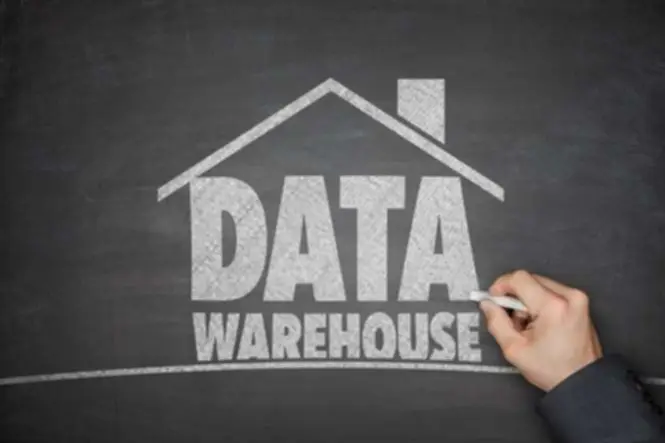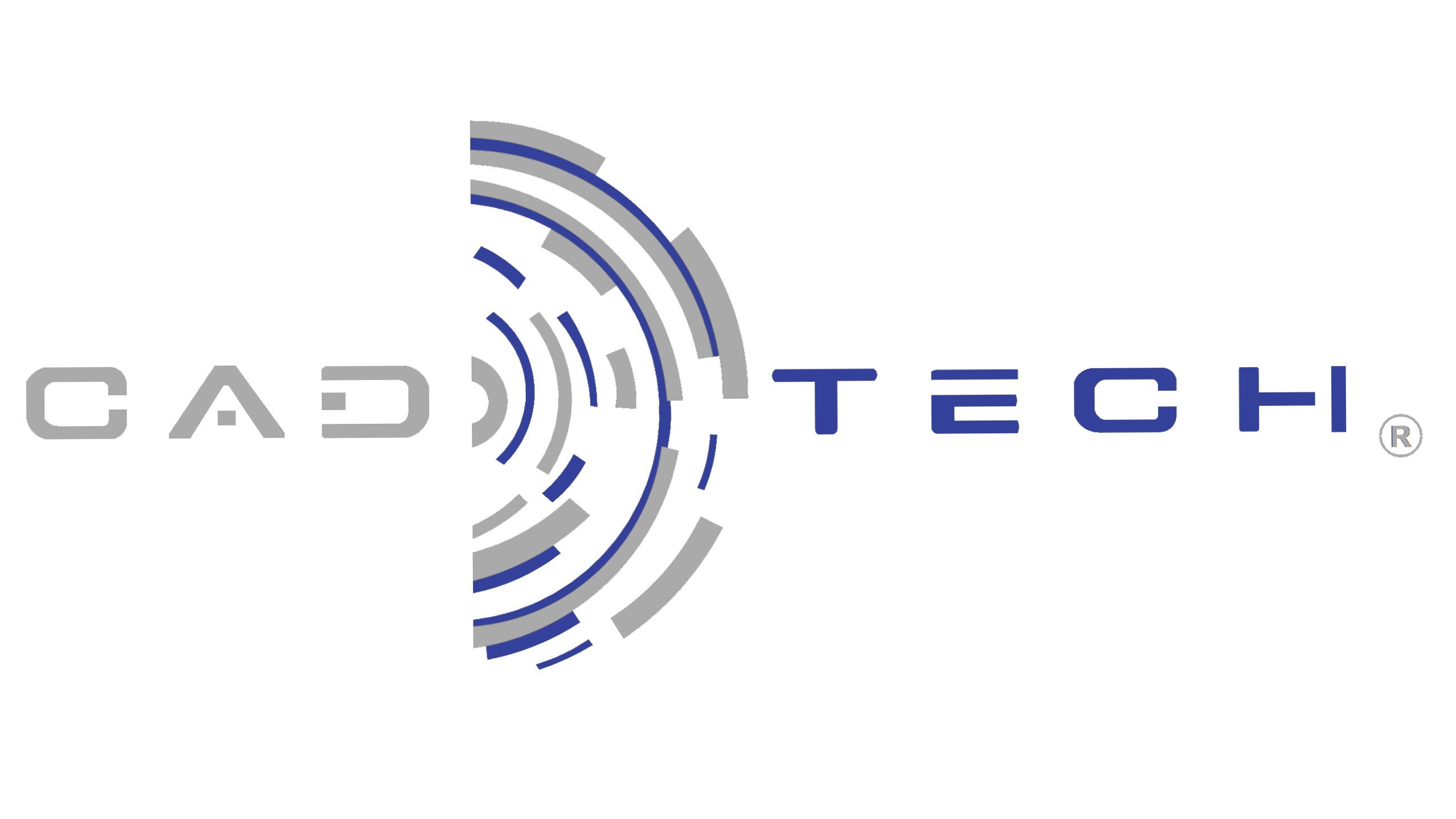Software development
Hybrid Integration Platform: Definition, Advantages, And Examples
This ensures the mixing infrastructure stays protected against https://www.globalcloudteam.com/ emerging threats effectively. Organizations that use Digital Cloud Networks (VCN) can use service gateways to route visitors between the VCN and integration providers efficiently. This setup retains access throughout the inner network and improves security and performance significantly. Information transformation tools are the foundations for consolidating and cleansing information from completely different systems right into a coherent construction.

With hybrid cloud orchestration, automation is on the heart of those higher-level operational actions. It can use a variety of methods to attach functions, information, and files, corresponding to software programming interfaces (APIs), database connectors, or on-premise brokers. Trendy hybrid integration platforms embody automated response mechanisms that fix points rapidly. The system adds real-time diagnostic data to occasions and incidents, which hastens troubleshooting and repairs. Organizations can set up self-healing mechanisms that repair problems as quickly as they appear. B2B integration wants connections with third-party providers and buying and selling partners of every kind.
Cloud-native Options
- Do you remember the “good old days” of IT, when an entire enterprise may run on a single LAN, with all their business-critical applications and infrastructure hosted in a closet down the hall?
- Various integration tools ought to make all of them work as a coherent system, providing interoperability, flexibility and seamless information sharing between quite a few components.
- There are many reasons to understand what Hybrid Integration Platform is about.
- As mentioned in an earlier paragraph hybrid integration platform is necessary because it could possibly interconnect both on-premise and cloud-based methods.
- While these tools have been sufficient prior to now, the rise of cloud computing, SaaS purposes, and distant workforces has dramatically altered the mixing panorama.
A Hybrid Integration Platform (HIP) is a know-how answer that combines on-premises and cloud-based methods to allow seamless integration of disparate purposes, knowledge, and processes throughout an enterprise. This platform facilitates communication and data change between totally different IT environments, allowing organizations to leverage each legacy and trendy techniques successfully. At its core, a HIP is an evolution of traditional enterprise integration patterns tailor-made for modern hybrid IT environments.

What Is Hybrid Integration?
This is integration methodology helps integrate few functions in a centralized middleware and handle the related techniques. Largely, centralized HIP implementation is integrated by small to mid-sized teams with comparatively simple hybrid integration necessities. In 2018, Gartner predicted that integration work would account for 50% of the time and price of building a digital platform. Judging by the enterprise integration market today, the analyst firm wasn’t far off the mark, with enterprises prioritizing integration to help important enterprise objectives. Combine knowledge and functions on-prem and in the cloud with a hybrid integration platform.
Up-to-the-minute data will make up 30% of complete information creation by 2025, in comparison with 15% in 2017. This ensures accuracy and completeness, especially when EDI paperwork change and GDSN information pools synchronize. Role-Based Access Management (RBAC) limits entry to cloud resources based mostly on person roles. Multi-factor authentication (MFA) implementation provides additional protection for accessing integration sources.
Alternatively, on-premises systems are easily modified to suit the particular needs of the group. Your organization’s integration and automation requirements are difficult to foretell over time. Organizations preserve hybrid integration platforms via unified monitoring dashboards that present real-time visibility of the entire infrastructure.
Over the final a number of years the demand for brand new integrations has far surpassed the capacity most enterprises can handle. Decreasing the price per integration and is essential to creating a versatile, scalable mannequin for integration. As the tech retains bettering, hybrid setups will turn into more seamless and powerful. Is it saving costs, boosting performance, enhancing security, or the entire above? Once you realize your objectives, you’ll have the ability to determine which workloads belong within the public cloud and which should stay non-public. We need robust safety policies and tools like encryption and identification administration techniques to minimize back these dangers and maintain data protected.
Often, firms integrate legacy infrastructure (servers, databases, warehouses) with cloud solutions (IaaS, PaaS, SaaS). Hybrid integration platforms implement comprehensive safety measures, including role-based entry management (RBAC), information encryption both at relaxation and in transit, and compliance administration tools. They also help the precept of least privilege and sometimes incorporate Zero Belief architecture to ensure strict identity verification across the entire infrastructure. Organizations need a detailed security framework to protect delicate knowledge in quite lots of environments by way of hybrid integration platforms.
In this text, let’s discover its definition, roles, use instances, and high suppliers. Looking forward, the way forward for hybrid integration platforms is poised for further evolution, driven by tendencies similar to increased adoption of AI, enhanced safety measures, and the combination of IoT devices. By deciding on the best HIP, organizations can position themselves to deal with current challenges while getting ready for future success. Present information shows that organizations using Avato’s hybrid unification system report enhanced operational efficiency and decreased unification instances. For instance, organizations which have adopted these methods can hyperlink legacy applied sciences with cloud solutions in a matter of weeks, as a substitute of months, significantly accelerating their digital transformation efforts.
With high knowledge switch rates, extra complicated tasks can be carried out over the network. As you and your colleagues work on key, multi-step initiatives together, you’ll probably need to know what the standing of any is at totally different points in time. You’ll additionally need to obtain alerts when it’s your turn to perform a sure task so that you simply aren’t the bottleneck. Each Time hybrid integration solutions a customer-facing worker comes across a client problem, it’s important that they make the suitable personnel aware of it as soon as potential.
Planning consists of knowing the combination answer you are going to implement within the span of the following few months to years, relying on your small business Internet of things. Make a note of what the model new systems you might be developing with are and what kind of connections you’ll set up. Digibee provides expert help and providers, taking the chance and stress out of enterprise integration tasks. For more data on how Digibee can assist your hybrid integration surroundings, request a demo. As cloud computing expands, utility architectures have advanced, turning into more modular and moveable, making them easier to deploy and run. With event-driven structure, runtime and protocols are decoupled for greater scalability.
As companies try for agility and innovation within the face of digital transformation, HIPs play a critical position in constructing a resilient and forward-looking digital infrastructure. As organizations more and more undertake new applied sciences, open-source instruments, big knowledge sources, and cloud storage, ensuring constant and synchronized information turns into essential, whether or not on-premises or within the cloud. HIPs allow real-time or scheduled data synchronization between numerous cloud platforms for backup, catastrophe recovery, or to maintain a unified information repository accessible from a number of services.
This ensures that your business processes—such as stock management and order fulfillment—remain environment friendly and accurate. In this new panorama, conventional integration tools typically fall short—they aren’t equipped to handle the agility and scalability calls for of modern enterprises and multi-cloud IT landscapes. One of the principle advantages of HIPs is their capacity to scale up or down depending on the organization’s necessities. Extremely scalable cloud infrastructure combined with environment friendly useful resource utilization ensures that companies can deal with various workloads without being burdened by excess capacity or inadequate sources. HIP know-how applies modern cloud elastic resourcing to scale up as your business wants develop.
A HIP is designed that will assist you combine disparate systems, data sources, and purposes more efficiently, regardless of whether or not they’re hosted on-premises or within the cloud. Enterprise data integration includes knowledge integration and application-to-application integration. IPaas can create an setting for easier communication between stakeholders with real-time knowledge, and its format could be remodeled as their system can perceive. Supercharge your corporation with IBM MQ secure, high-performance messaging options. Start your free trial or connect with our experts to discover how IBM MQ can transform your operations.
